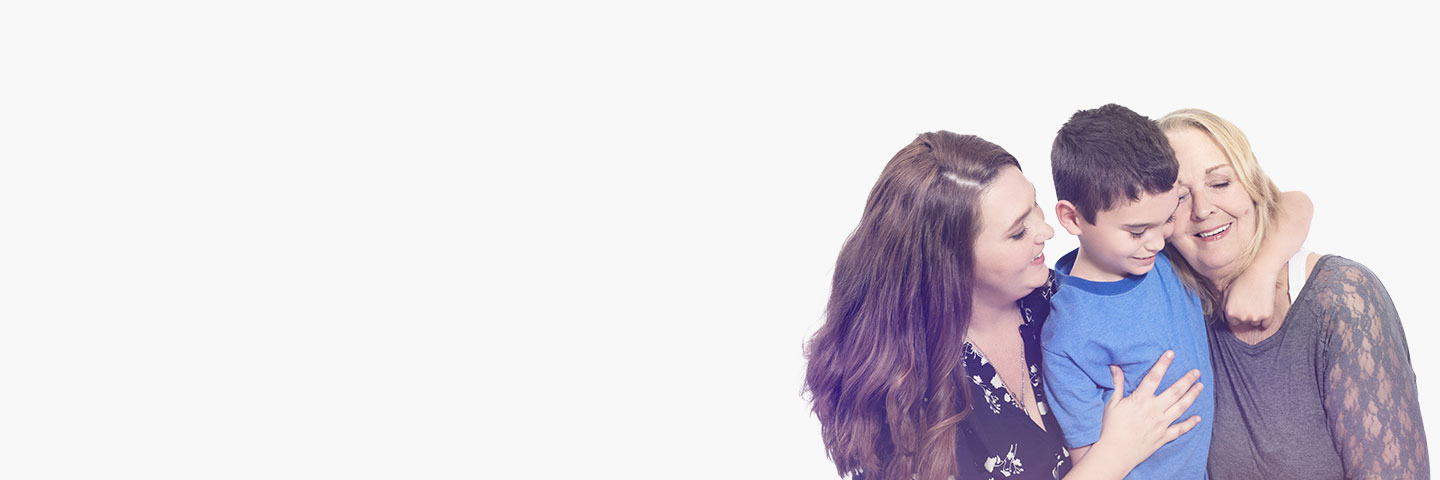

Did you know?
LGS is found more often in boys than in girls1, 2
Some causes of LGS include issues with brain formation or head injury3
In 30-35% of LGS cases, no cause can be found3
As many as 10% of all childhood epilepsy cases are LGS4, 5
For most people with LGS, seizure types change as they get older6
By adulthood, about 50% to 75% of people with LGS no longer have the typical brain electroencephalogram (EEG) activity associated with LGS7
How do you know it’s LGS?
LGS has many features and can be hard to diagnose. Three signs to look for include:
LGS may be missed, or misdiagnosed as another form of severe epilepsy, such as refractory or uncontrolled epilepsy.


How do you treat LGS?
It’s important to remember:
- While many AEDs have similar side effects, it's important to note that each one may have unique side effects that differ from others
- Work with your doctor to balance seizure control and how your loved one’s body tolerates the medicine
- Some people whose seizures improve from one AED may lose their response to the AED(s) over time.
- When finding the right AED, be sure to let your doctor know all the drugs (including vitamins and herbal supplements) the person with LGS is taking
What are some other ways to treat LGS?
There are a few other ways to help treat LGS, including:


Keep track of your loved one’s seizure control and
share it with their doctor.
DOWNLOAD THE SEIZURE DIARY >- Van Rijckevorsel K. Treatment of Lennox-Gastaut syndrome: overview and recent findings. Neuropsychiatric Disease and Treatment. 2008;4(6):1001–1019.
- Ostendorf A, Ng Y. Treatment-resistant Lennox-Gastaut syndrome: therapeutic trends, challenges and future directions. Neuropsychiatric Disease and Treatment. 2017;13:1131–1140.
- NINDS Lennox-Gastaut syndrome information page. National Institute of Neurological Disorders and Stroke Web site. http://www.NINDS.nih.gov/disorders/lennoxgastautsyndrome/lennoxgastautsyndrome.htm. Accessed August 20, 2012.
- Camfield P. Definition and natural history of Lennox-Gastaut syndrome. Epilepsia. 2011;52(5):3–9.
- Piña-Garza J, Chung S, Montouris G, et al. Challenges in identifying Lennox–Gastaut syndrome in adults: a case series illustrating its changing nature. Epilepsy & Behavior Case Reports. 2016;5:38–43.
- Glauser T. Following Catastrophic Epilepsy Patients from Childhood to Adulthood. Epilepsia. 2004;45(5):23–26.
- Kerr M, Kluger G, Philip S. Evolution and management of Lennox-Gastaut syndrome through adolescence and into adulthood: are seizures always the primary issue? Epileptic Disord 2011;13(1):S15–S26.

